Producers
-
Description:
Rivano is located in the village of Calasetta, on the island of Sant' Antioco, just off the coast of the extreme southwest corner of Sardegna. Angelo's family has been making wine for three generations for personal consumption and for barter and sale in their town. The first bottling of Intrigu produced for export beyond their immediate area was the 2015 vintage.
The 1-hectare vineyard of Carignano was planted in 1982, and has a southeast exposure with a high content of sand. Since phylloxera is unable to take root here, the bush vines are planted piede franco (ungrafted) at 6000 plants per hectare. Bush training helps protect the vines from the intense winds in the area. No herbicides are used, only manual weeding. Copper and sulfur are used for disease control; one light seasonal application of a pesticide may be used against the European grapevine moth. Only manure produced on the farm is used for fertilization.
Image: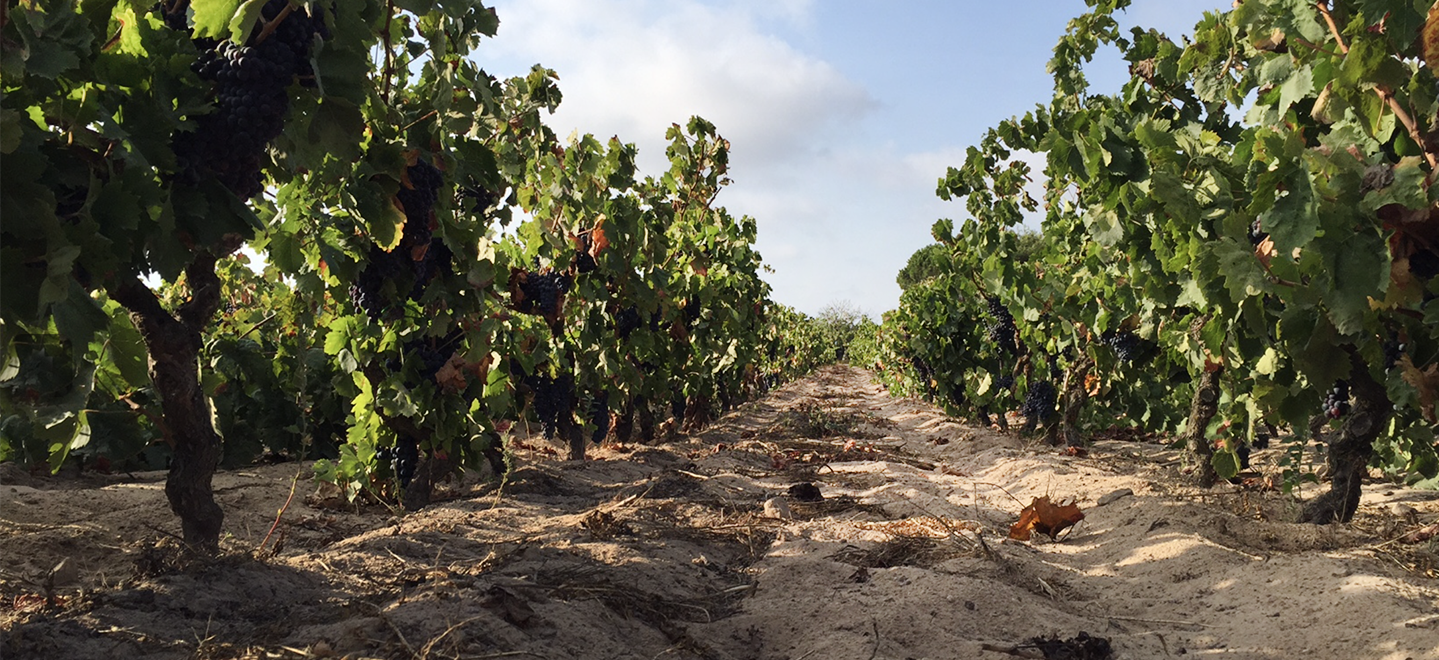 Region:
Region: -
Description:
Philippe Durand of Château Rocher Corbin is making some of the most exciting wines in the satellite appellation of Montagne-Saint-Emilion. His 10.5 hectares are in one block, perfectly situated on the western slope of Mount Calon, the highest point in the area. This vineyard site provides maximum exposure to the sun and a perfect natural irrigation with a sandy soil mixed with clay. The vines average 45 years-old and more than 15% of the vines are more than 80 years-old. There is a very special patch of pre-phylloxera Merlot that is 150 years old!
Philippe pours his efforts into getting the very best fruit. He was among the very first in the area to apply sustainable agriculture, including ground covers, de-budding, short pruning and leaf removal. Today, he has begun the certification process for organic agriculture, although he has been farming organically for years. His vineyards are full of life, with long grass and wild clover. The grapes are hand-harvested in 10-kilo baskets to avoid damage, then sorted manually before de-stemming to eliminate any small withered berries. Finally, an additional manual sorting of each berry is done after de-stemming to ensure that no stems remain. He’s mostly using cement for fermentation, but he’s doing a small amount of fermentation in barrel too. Fermentations are spontaneous. Over the years, he’s worked with using as little sulfur as possible and in 2017, no sulfur was used at all during vinification and he does not plan to use sulfur at bottling. Wines are aged for 12 to 14 months in oak, with an average of 50% new oak. The wines are characterized by bright fruit, fine tannins and floral aromatics that give this wine elegance.
Image: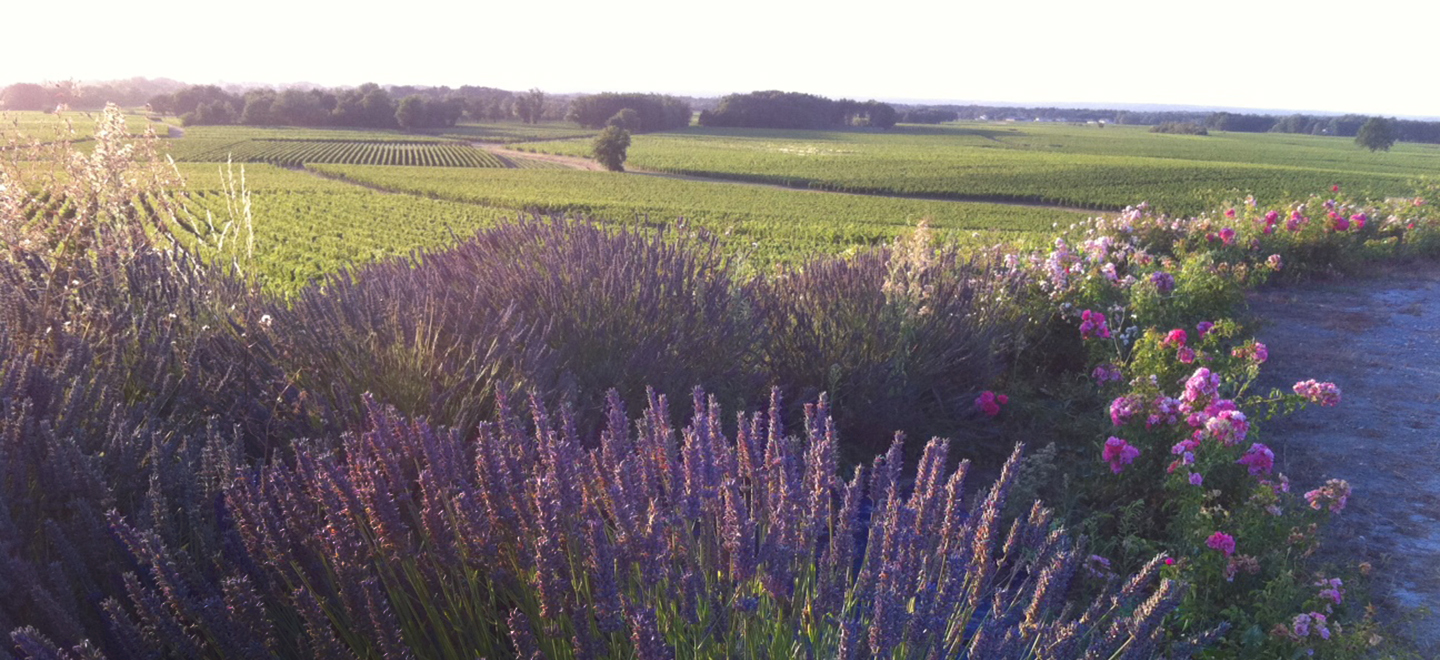 Region:
Region: -
Description:
Rogue Vine is a project led by Leo Erazo— the winemaker for Altos Las Hormigas in Mendoza, Argentina— along with his partner Justin Decker. They make wines from two different subregions of the Itata Valley. All the vineyards are composed of hillside, dry-farmed bush-vines that are a minimum of sixty years old, with some older than three hundred. The soils are primarily composed of granite with a mix of clay and quartz. The winemaking is simple and employs native yeast, old barrels, no corrections, and minimal sulfur prior to bottling. Itata Valley’s viticulture is primarily practiced through horse plowing and hand farming.
Rogue Vine’s ethos is to promote the rich history of this long neglected and local farming community.
This profile and tasting notes were edited from the Brazos Wine website, along with the pictures used. For more information please visit: Brazos
Image: Region:
Region: -
Description:
Thank you to Saetti importer Louis/Dressner for this estate profile:
(Click here for more on Louis/Dressner's website and here for Saetti's website)
Luciano Saetti makes stunning, evocative Lambrusco just outside of Modena. He is of a generation that decided to return to traditional methods and eschew modern practices that contributed to Lambrusco's poor reputation. The 2.8 hectares of vines he works were planted by his family in 1964. Prior to his taking over, they sold off most of their fruit to the local coop.
Luciano, however, thought that they could do better and so after a successful first career as an egg distributor in Modena, he founded Vigneto Saetti in 1998. He saw the value in the family’s old vines of a particular local strain of the Lambrusco grape called Salamino di Santa Croce. It’s thick-skinned, tight-bunched, darker-colored and higher in natural acidity than some other more common varieties of Lambrusco.
He works completely organically (certified) in order to not upset the natural harmony of the vineyard. Everything is meticulously sorted and hand harvested. Grapes are destemmed and crushed in the vines to maintain freshness. Importantly, the wines undergo secondary fermentation in the bottle. This process had become increasingly rare in the region because many producers were seduced by modern technology associated with the charmat method which allowed for easier production of sparkling wine. Saetti’s second fermentation is initiated by the addition of fresh grape must in the spring following the vintage, and is fermented to dryness. The bottles are riddled and disgorged by hand.
Over the years, as Luciano gained better understanding of the vines and noticed the quality of fruit improve, the estate made the decision in 2007 to forgo the use of sulfur at any point in the vinification process.
For Luciano: “Producing wine without the help of chemical preservatives cannot be identified simply as an alternative winemaking method, but it becomes a real production philosophy, which requires a lot of dedication, patience and above all passion. The absence of sulfur dioxide is recognized at the first sip, through the fragrance of the fruits in the glass, you can perceive the flavor of the freshly picked bunch, the roughness and bitterness of the skin immediately reached by the sweetness of its pulp.”
We are thrilled to be working with Luciano, a humble dedicated winemaker.
Image: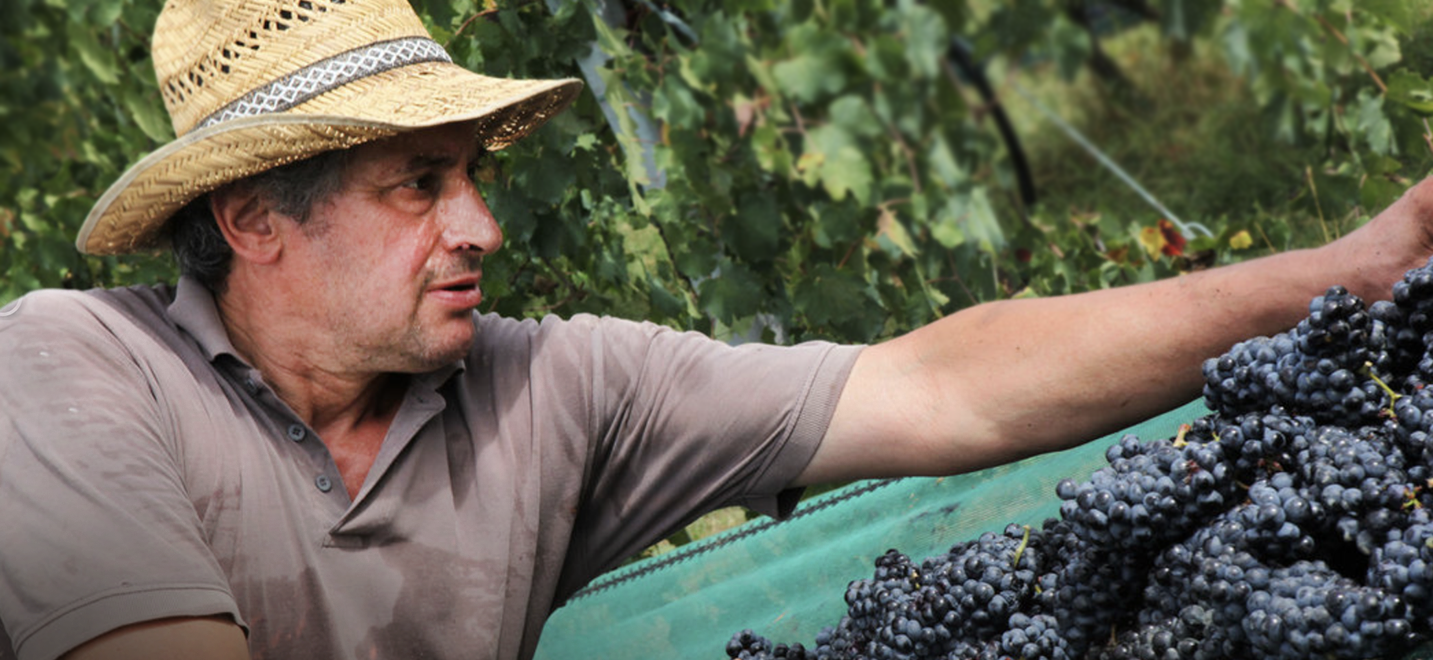 Region:
Region: -
Description:
Château Siran has long been recognized as one of the top estates in Margaux. The property has been in the Miailhe family for six generations– a total of 160 years. Today, the property covers 88 hectares, with 38 hectares planted to vines. The other fifty hectares are left as woods and meadows, for their beauty and to promote biodiversity, a priority of the Siran team.
The majority of Chateau Siran’s vines are planted in the commune of Margaux, but they also have a very special 11 hectare parcel on the border, which is classified as Bordeaux Superieur and bottled as “Saint-Jacques de Siran”. The terroir here has clay topsoil over the famous Bordeaux sandy gravel subsoil. The vines are planted at a density of 5,000 vines per hectare and average 25 years old. The Miailhe family has practiced sustainable agriculture since 2000 and the vineyards have been certified sustainable, HVE3 since 2018. Only organic fertilizers are used and they work with grass cover and plowing to control weeds. The fermentation happens in stainless steel tanks and the wine is aged for twelve months in French oak.
Image: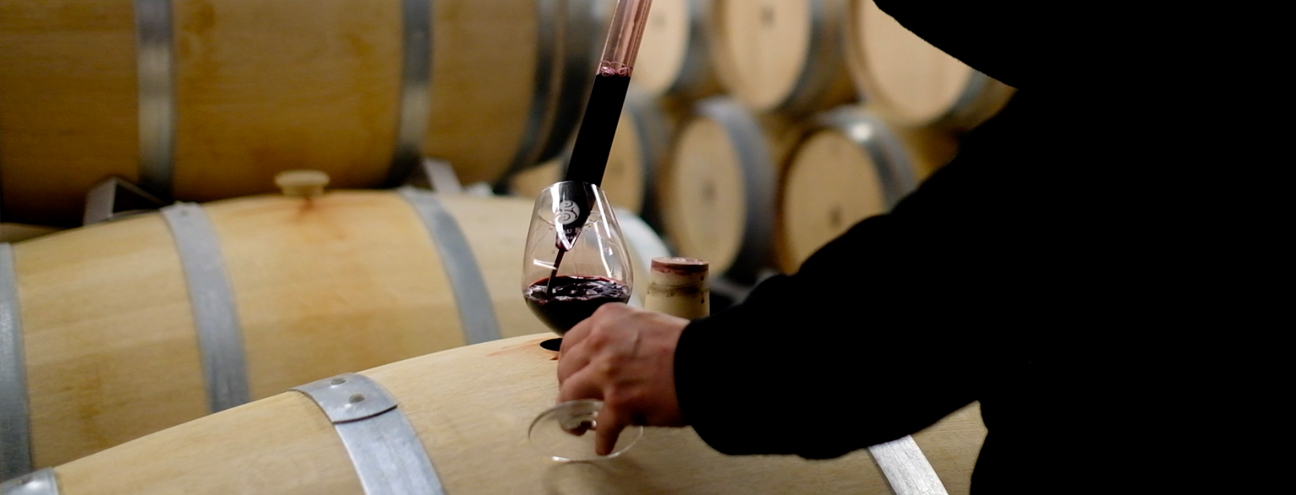 Region:
Region: -
Description:
"....the Holy Grail of Sangiovese purity...” —Monica Larner, The Wine Advocate
Salicutti is located in the southeastern corridor of Montalcino, home to some of the denomination’s most historic, respected, and classic-leaning wineries. It was Montalcino’s first certified organic estate, with certification happening in 1996. The high-altitude site, which has never seen synthetic chemicals, comprises 11 hectares (4.5ha of vines and the rest woods and olives). The vineyards are all contiguous to the farmhouse, which is perched on a ridge with stunning views, including of Monte Amiata, Tuscany’s largest extinct volcano.
Today Salicutti is in the capable hands of Sabine and Felix Eichbauer. Sabine is an architect and Felix and his family own Tantris Maison Culinaire, a two-Michelin-starred restaurant in Munich. They fell in love with Salicutti--the place and its wines--as long-time clients of the estate, and in 2015 purchased it from Francesco Leanza. With no heirs, Leanza preferred to “walk out of the winery, not be carried out.” He stayed on for three years to guide the Eichbauers. Along with producers Stella di Campalto and Pian dell’Orino, he left the Brunello consorzio, forming a trio affectionately known as SpA (“Sangiovese per Amico”), which was committed to studying Montalcino’s varying terroirs. The work of the SpA has left its mark; there are the rumblings that Montalcino producers are considering naming official sub-zones. The Eichbauers have since returned to the consorzio, to push for change from within.
“When you assume responsibility for something already so amazing, what room is there to grow and improve?” It’s a question that looms large for the Eichbauers as they continue to cultivate Salicutti’s evolution. One of their first significant impacts was the preference to make three single-vineyard Brunello di Montalcino wines. Sorgente, the parcel that used to produce the estate's Rosso di Montalcino, is now Brunello. They introduced the third Brunello from Teatro, a micro amphiteatre at 520m, a "cru within the cru" of Piaggione. Teatro is made in tiny quantities in select vintages as a de facto Riserva, released a year after Sorgente and Piaggione. With the assistance of the esteemed biodynamics ‘guru,’ Adriano Zago, conversion began in 2018, with Demeter biodynamic certification obtained in 2022. The land is increasingly self-sufficient, with hydro-powered electricity, in-house composting, a rich forest, beehives, pigs, chickens, and a vegetable garden. A new, larger cellar has been completed, with Sabine’s architectural and design flourishes. They've replaced stainless steel vessels with concrete. They've phased out any small barrels (Leanza used to started aging in tonneaux before moving the wine to large cask). And there are some new goodies coming out of the cellar: an anfora-aged IGT Sangiovese made only in magnum, a red vermouth (made from Sangiovese, of course), and--surprise, surprise--the return of a Rosso di Montalcino selected from the three crus. In exceptional vintages the Rosso will be elevated to Brunello 'normale' status. It seems the best is yet to come. The wines of Salicutti are striking in their mineral, red-fruited intensity, and their push and pull between power and grace. The winery produces about 15,000 bottles in an abundant year.
Image: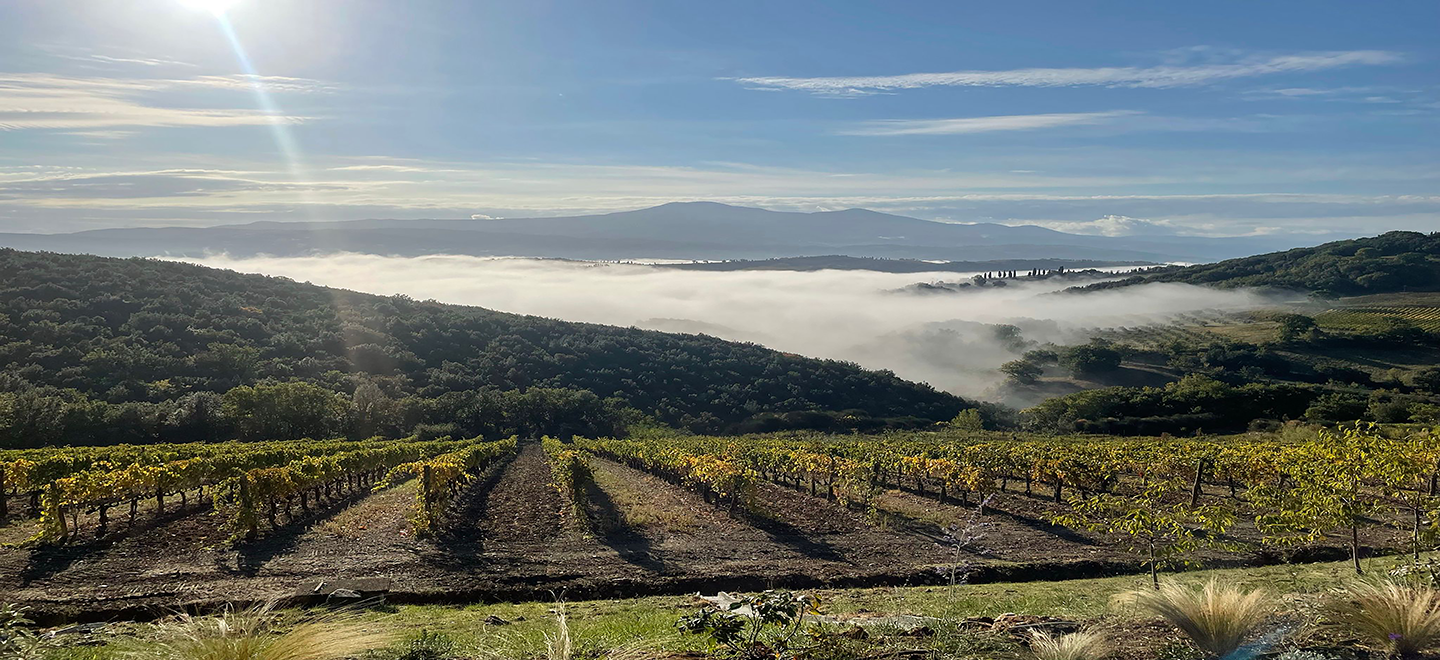 Region:
Region: -
Description:
San Ferdinando is located in the hamlet of Civitella in Val di Chiana, in the Chianti Colli Aretini area southeast of Florence. The area has an altitude and continental climate that are not dissimilar to Chianti Classico, which is immediately to the west. Besides vines, this area is also known for its famed Chianina breed of cattle, which often end up on the plate in the form of the bistecca fiorentina.
The estate has 62 hectares of land, with 10 under vine. It has been in the hands of the Grifoni family since 1850, but it was in 2008 that the winery was fully restored and the vineyards revitalized and converted to organic methods. Today, Simone Zucchetti, winemaker and agronomist, capably guides the wines from vine to bottle. The focus is on the indigenous varieties of the area—Sangiovese, Ciliegiolo, Pugnitello, and Vermentino—and finding a balance between typicity, drinkability, and value. Though farming goes well beyond the parameters of organics, San Ferdinando is not interested in getting certification, since Simone is bothered by negligent controls that have more to do with paperwork than actually inspecting the vineyards, and is he contrary to the sea of certified organic wine (but industrial wine) ending up on supermarket shelves at artificially low prices. In the cellar, fermentations occur naturally, the wines are not forced, and total SO2 levels never exceed 60mg/l (quite low, when one considers the limits in organic certification: 100mg/l for reds and 150mg/l for whites)
With their attention to detail resulting in “everyday” wines that transmit way more than quotidian emotions, San Ferdinando is undoubtedly one of the undersung gems in our Italian portfolio.
Image: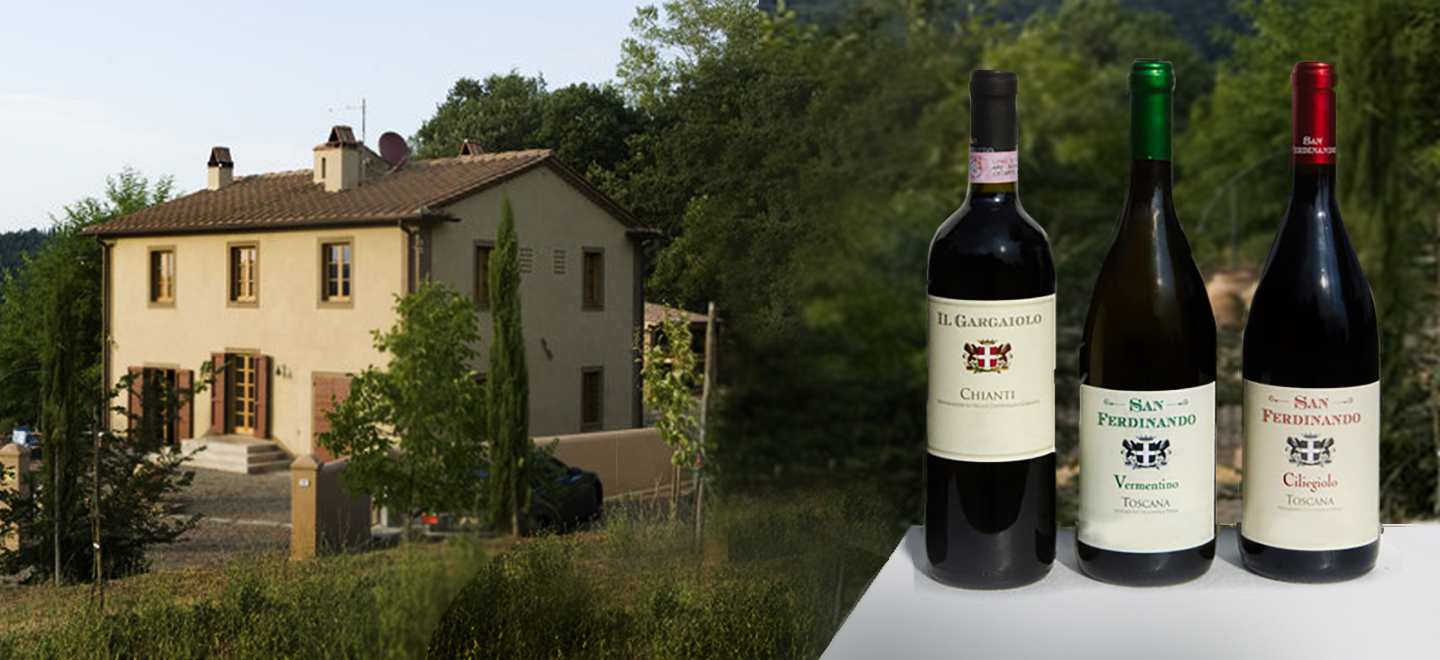 Region:
Region: -
Description:
Sandy Cove is produced for us by Allan Scott, one of the pioneers in Marlborough , New Zealand. Allan started working there in the wine industry in the 1970’s and founded his own family run estate in 1990.
His son, Josh Scott, is now in charge of winemaking. In 2022, their wine was selected as Wine Spectator’s #1 Value Wine of the Year.
Sandy Cove comes from selected vineyards that are farmed certified sustainably. The fruit is picked at ultimate ripeness and with the high natural acidity typical of the region. It is a balanced and elegant style, but still packs the refreshing punch that is classic Marlborough Sauvignon Blanc. Fermented and aged briefly in stainless steel on its lees.
Image: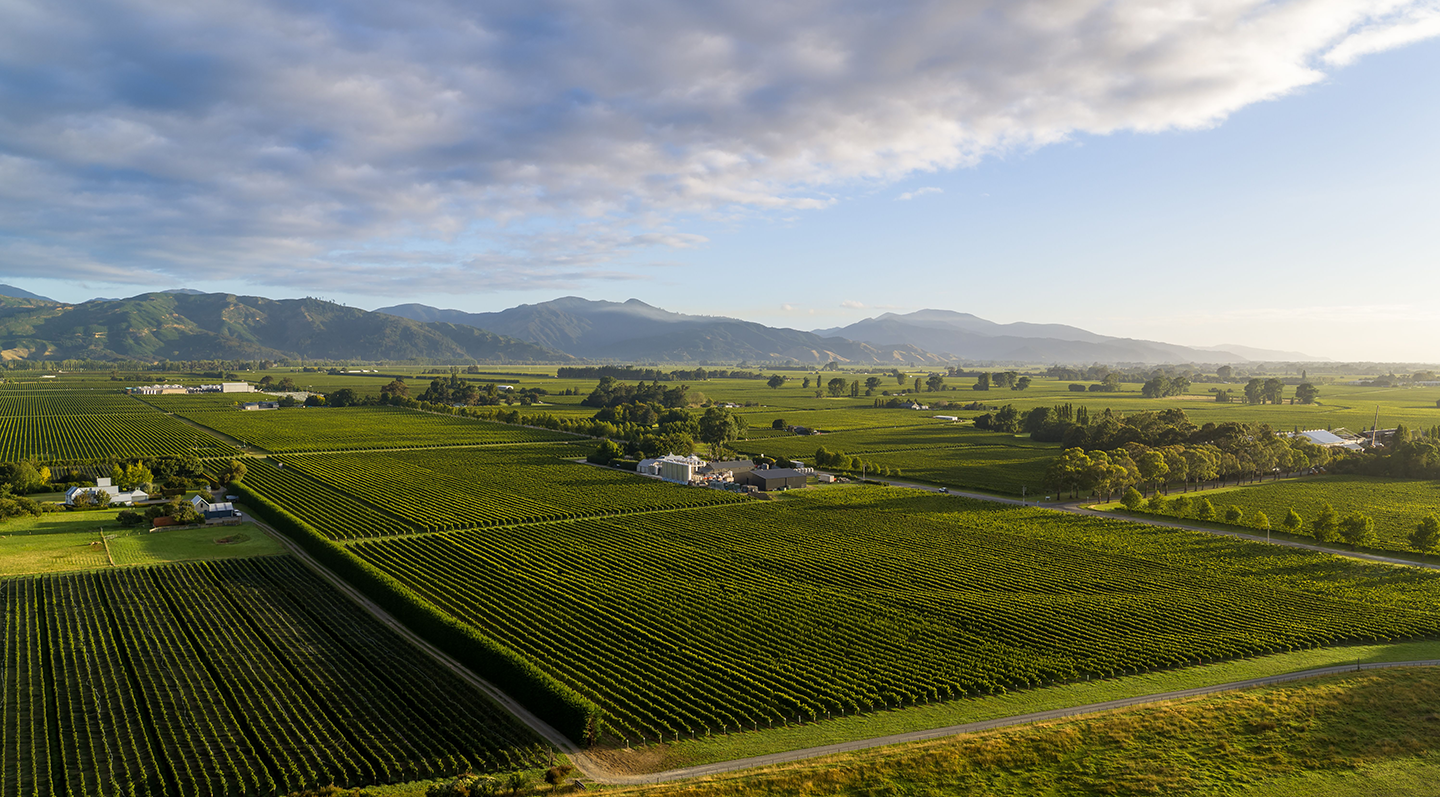 Region:
Region: -
Description:
(Click here for Sanguineto's own website)
Poderi Sanguineto I & II is Dora Forsoni’s 50-hectare family estate in Montepulciano in southern Tuscany. The “I & II” is a reference to the property’s origin as a feudal farm divided into 8 sharecropping parcels: Sanguineto lies on parcels 1 & 2. Just 6 of those 50 hectares are planted to vines. Dora started working in the vineyard alongside her father back in 1968. He taught her how to tend their old vines of Prugnolo Gentile (the Montepulciano variant of Sangiovese), Mammolo, Canaiolo and Nero Toscano—organically farmed always—and how to make very traditional wines. But he sold off most of the fruit in bulk; Dora scrapped that practice in 1997 and began bottling Sanguineto wines for the first time.
Dora walks and works in the vines all day every day and has a very keen eye and confident touch. There are zero chemicals used here and the soils are worked up to 3 times per year. Treatments are entirely organic and relatively few in application compared to those of her neighbors. Dora even revitalizes very old vines by cutting them off at their base and allowing a new vine to grow from the old trunk, a very old-fashioned and rare local practice; any brand-new plantings are selection massale. Organic olive trees (harvested for the pressing of oil) and wildlife (harvested for the dinner table) abound in the vineyard.
Harvest is by hand. The fruit is fully destemmed, gently enough that many berries remain whole. The pressing is long and slow in order to get carefully to the meat of the grape nearest the seeds; Dora feels that it is from here that the sweetest, more complex flavors can be elicited. The must is fermented spontaneously with indigenous yeasts in concrete vats; aging takes place in variously sized oak botti. Interestingly, only one red wine is vinified—it is always declared at harvest as a future Vino Nobile di Montepulciano.
But as the different vessels of the wine evolve, Dora decides what will be bottled as Rosso di Montepulciano,“regular” Vino Nobile and sometimes Vino Nobile Riserva and then ages them for a total one, two and three years respectively. She is adamant about her philosophy and practice of un’annata, uno vino, tre espressioni (“one year, one wine, three expressions”) and considers any pre-determining or selecting in the vineyard to be anathema to transparency of terroir and vintage. Dora’s wines, like their maker, are not shy. They are earthy, robust and expressive, with a striking purity that is so rare in Montepulciano wines today. Sanguineto is truly singular.
Image: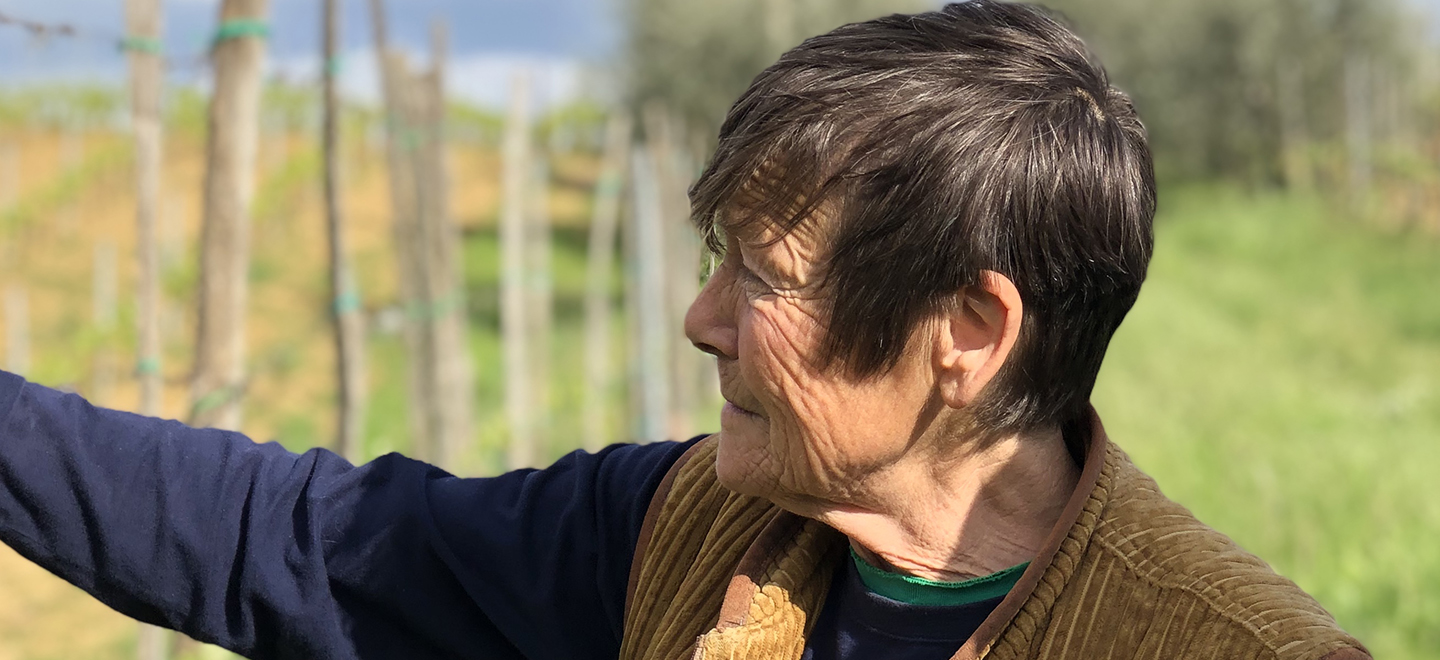 Region:
Region: -
Description:
Santo Cuviso is made in the town of Bacanora by maestro Manuel “El Toro” Chacón, a third generation bacanoro. El Toro, harvest mature cultivated agave angustifolia, also know a espadin in Oaxaca, and cooks them in a conical earthen pit oven. Once the agaves are cooked, they are milled and ferment naturally by wild yeast for up to 12 days. After fermentation, the must is double distilled in copper pot stills. Post-distillation, the spirit is allowed to rest in 5 liter glass jugs between 10 and 14 days. This rest period allows the spirit to settle which is a well know practice for making unaged spirits more refined. After the rest period the spirit if bottled at 45% ABV.
In April 2019, Santo Cuviso Bacanora Blanco earned a Gold medal and named Agave Spirit of the Year from the American Distilling Institute's Judging of Craft Spirits.
Bacanora is an type of mezcal and an agave-derived liquor made in Sonora, a state in northwest Mexico, except it's a whole lot less smoky than most mezcals. Thedistillation of Bacanora was illegal until 1992, being bootlegged by vinateros for many generations. Since 2000 Bacanora has been issued with an origin denomination bill by the Mexican government. Grown and produced exclusively in the Sonora Mexico region, bacanora is handcrafted in small batches and made from a special agave plant, indigenous to the region known as Angustifolia Haw, or agave Pacifica. Bacanora started as rough fermented agave heart made by the indigenous Opata people. It was harvested from the wild, roasted with mesquite wood in earthen pits, then mashed and left to ferment.
Image: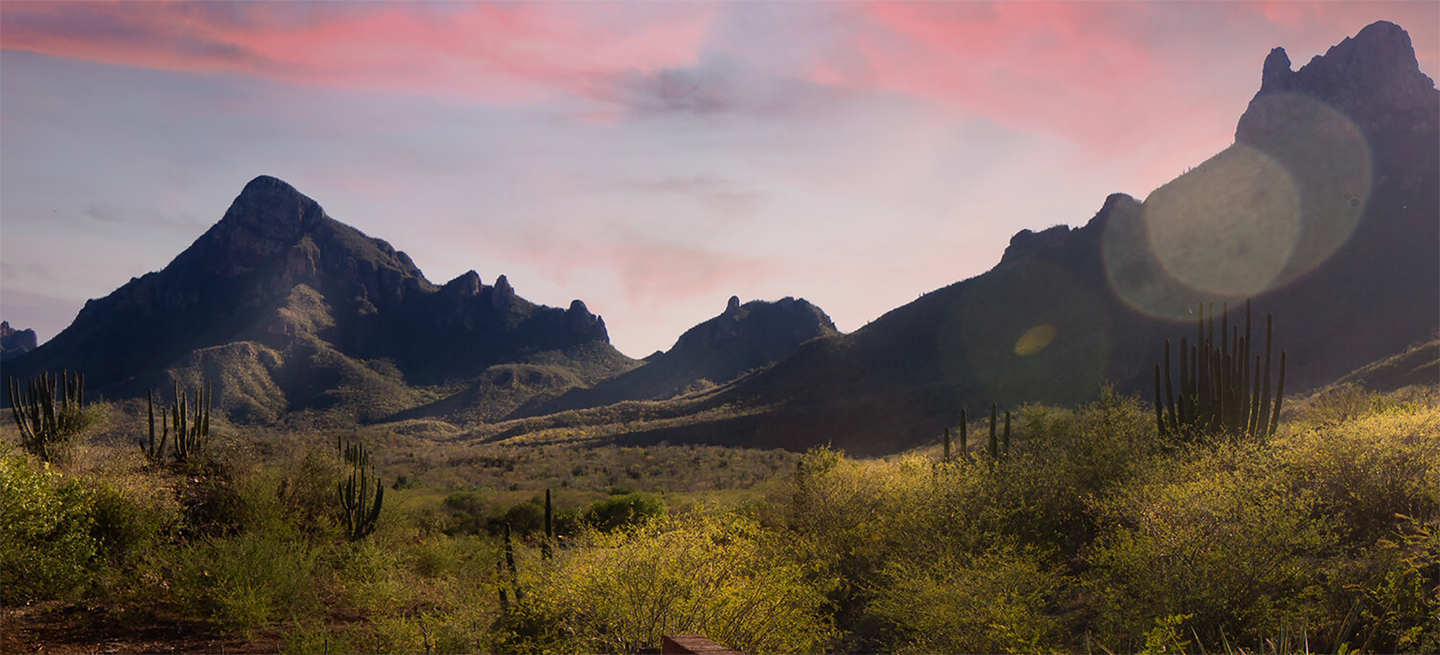 Region:
Region: